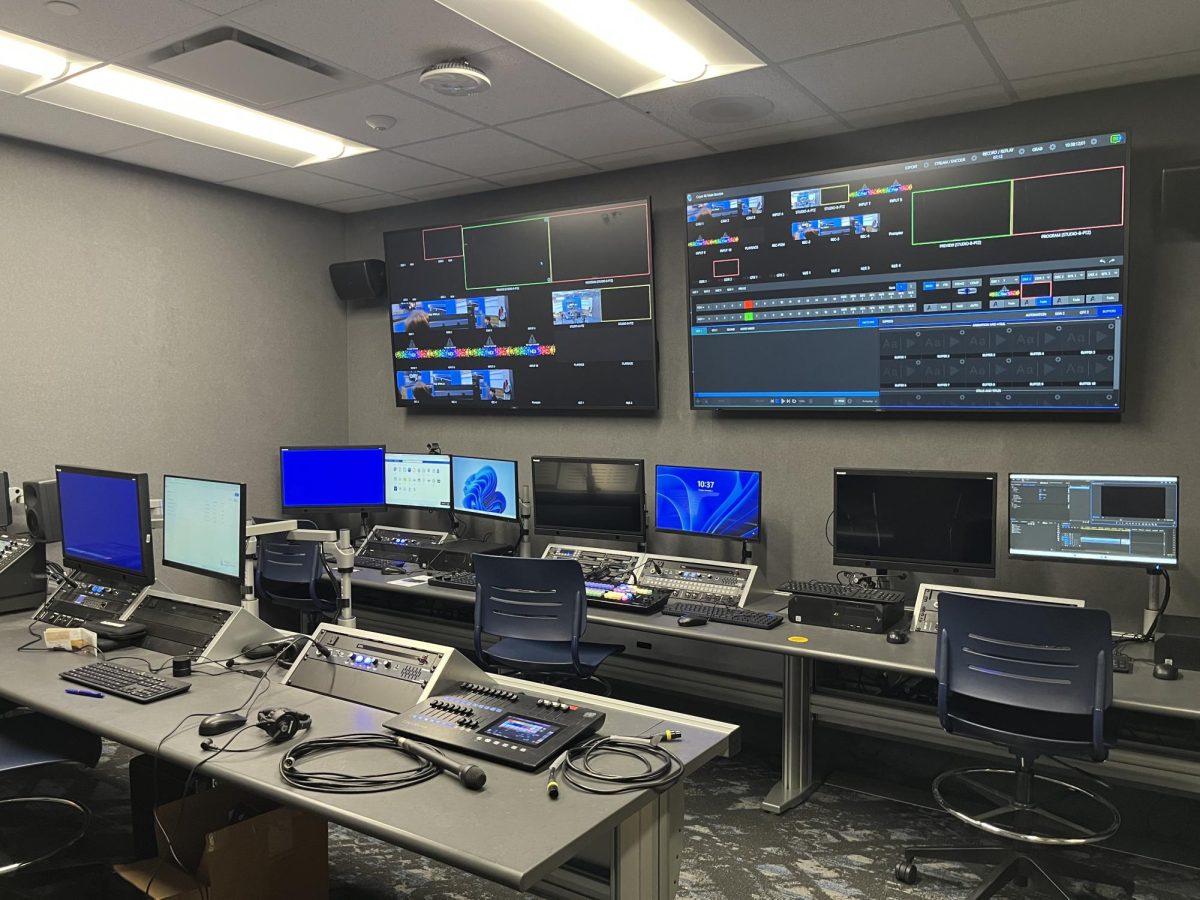The Moon is Earth’s only natural satellite. With a diameter of about 3,474 kilometers, it’s the fifth largest satellite in the solar system. The Moon’s surface is marked by craters, mountains, and vast planes, and it’s gravitational pull effects everybody.
But soon we’ll be reaching new heights. In 1969, the Apollo 11 mission made history when the astronauts onboard became the first humans to set foot on the Moon; this achievement has opened up new chapters in space exploration, leading to more understanding of the Moon’s origins. Today, NASA has scheduled Artemis II- the first crewed Artemis mission around the Moon to take place September 2025 and September 2026 for Artemis III which is planned to land the first astronauts near the lunar South Pole. This landing will conclude the first woman and person of color on the Moon.
“We are returning to the Moon in a way we never have before, and the safety of our astronauts is NASA’s top priority as we prepare for future Artemis missions,” said NASA Administrator Bill Nelson. They also informed us “Artemis is a long-term exploration campaign to conduct science at the Moon with astronauts and prepare for future human missions to Mars. That means we must get it right as we develop and fly our foundational systems so that we can safely carry out these missions,” said Amit Kshatriya, deputy associate administrator of Exploration Systems Development.




























































